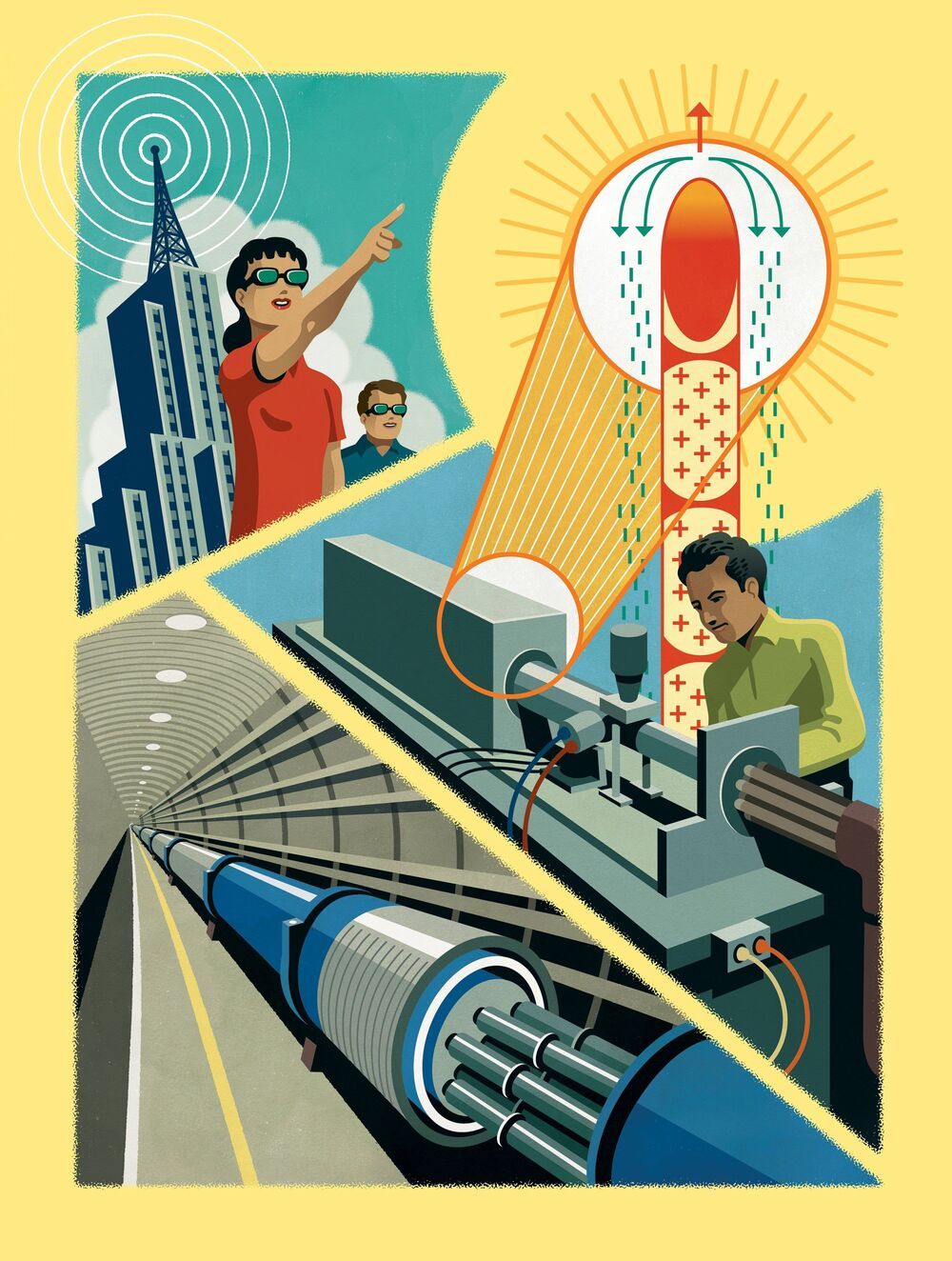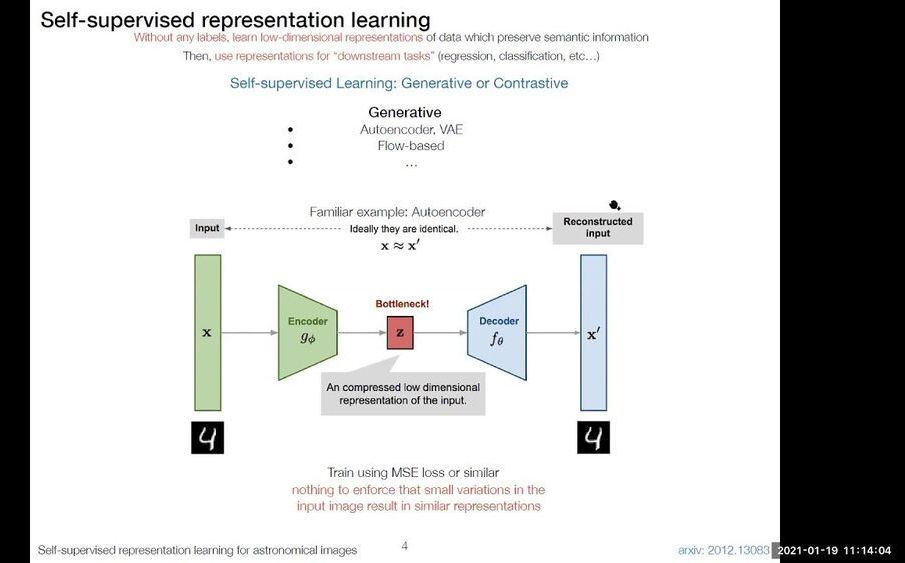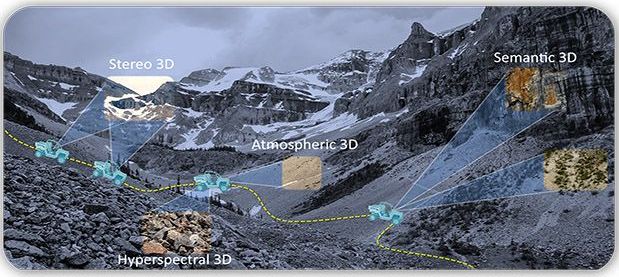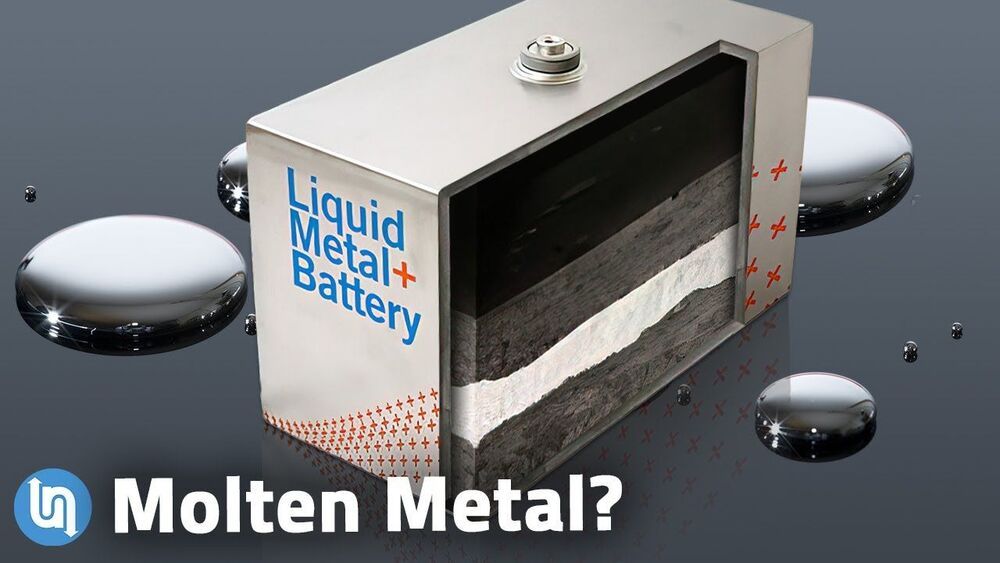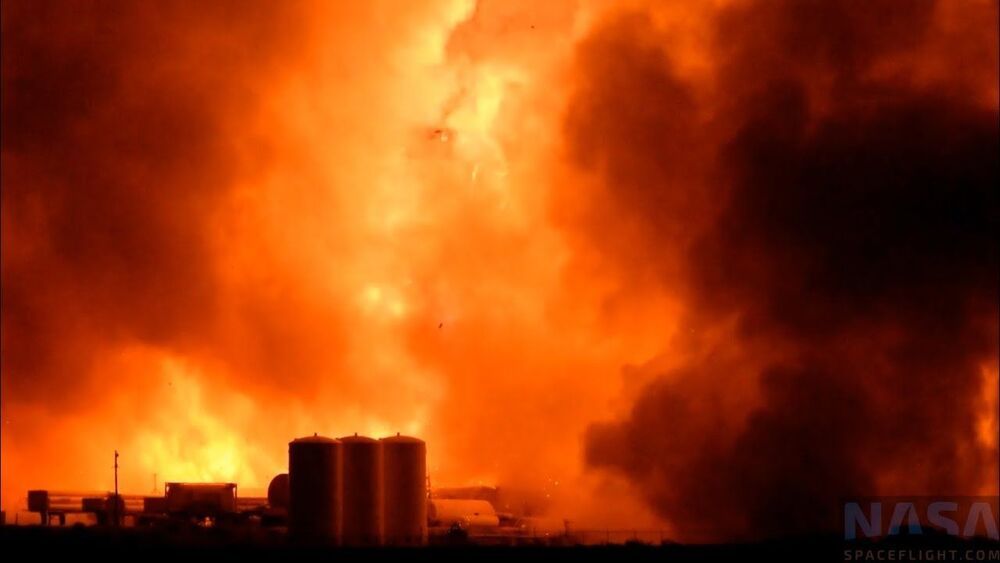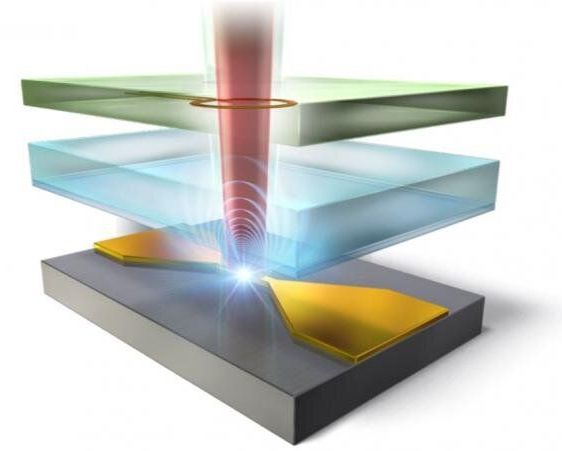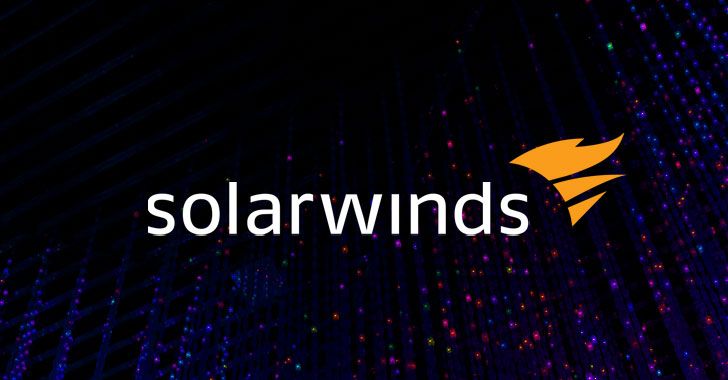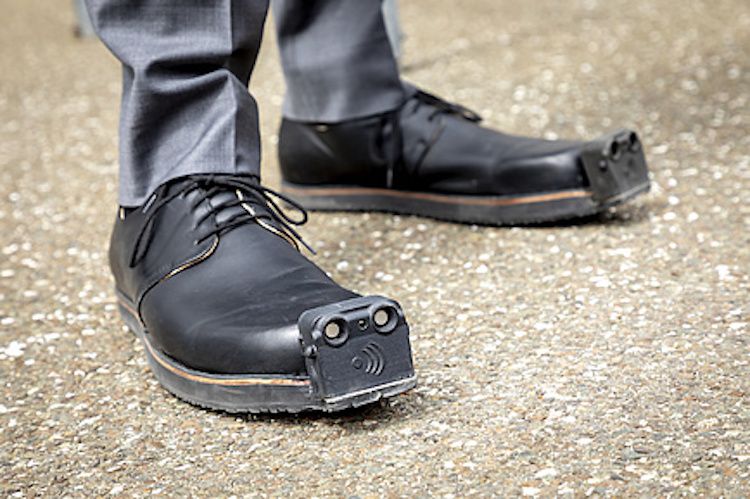Landfill, aka garbage dumps or tips, can, under the right conditions, be converted into solar farms once they’re capped.
Sky surveys are invaluable for exploring the universe, allowing celestial objects to be catalogued and analyzed without the need for lengthy observations. But in providing a general map or image of a region of the sky, they are also one of the largest data generators in science, currently imaging tens of millions to billions of galaxies over the lifetime of an individual survey. In the near future, for example, the Vera C. Rubin Observatory in Chile will produce 20 TB of data per night, generate about 10 million alerts daily, and end with a final data set of 60 PB in size.
As a result, sky surveys have become increasingly labor-intensive when it comes to sifting through the gathered datasets to find the most relevant information or new discovery. In recent years machine learning has added a welcome twist to the process, primarily in the form of supervised and unsupervised algorithms used to train the computer models that mine the data. But these approaches present their own challenges; for example, supervised learning requires image labels that must be manually assigned, a task that is not only time-consuming but restrictive in scope; at present, only about 1% of all known galaxies have been assigned such labels.
To address these limitations, a team of researchers from Lawrence Berkeley National Laboratory (Berkeley Lab) is exploring a new tack: self-supervised representation learning. Like unsupervised learning, self-supervised learning eliminates the need for training labels, instead attempting to learn by comparison. By introducing certain data augmentations, self-supervised algorithms can be used to build “representations”—low-dimensional versions of images that preserve their inherent information—and have recently been demonstrated to outperform supervised learning on industry-standard image datasets.
DARPA announced the selection of four research teams to drive it home with no headlights on our Invisible Headlights program, which seeks to determine if it’s possible for autonomous vehicles to navigate in complete darkness using only passive sensors:
https://www.iflscience.com/plants-and-animals/uk-may-ban-boi…feel-pain/ More
DARPA has selected four industry and university research teams for the Invisible Headlights program, which seeks to determine if it’s possible for autonomous vehicles to navigate in complete darkness using only passive sensors.
Solar and wind power have proven themselves to be cost competitive, but energy storage is key. What if I told you that molten metal might make a better battery? Lower cost, simpler assembly, zero maintenance, and a longer lifetime than lithium-ion. Let’s take a closer look at liquid metal battery technology.
Get $50 off with code: ROBOROCKH7 on Amazon: https://cli.fm/RoborockH7-MattFerrell-YT
This promotion lasts till 7/14.
Roborock official website: https://cli.fm/RoborockH7-MattFerrell-Official.
Watch The Mechanical Battery Explained — A Flywheel Comeback? https://youtu.be/8X2U7bDNcPM?list=PLnTSM-ORSgi5LVxHfWfQE6-Y_HnK-sgXS
How many rocket engines does it take to build a city on Mars?
SpaceX CEO Elon Musk wants to build a Mars city. Here’s how many engines his Starship will need to get there.
The world’s first 3D printed school has opened its doors in Malawi, southeastern Africa.
Scientists from the Division of Physics at the University of Tsukuba used the quantum effect called ‘spin-locking’ to significantly enhance the resolution when performing radio-frequency imaging of nitrogen-vacancy defects in diamond. This work may lead to faster and more accurate material analysis, as well as a path towards practical quantum computers.
Nitrogen-vacancy (NV) centers have long been studied for their potential use in quantum computers. A NV center is a type of defect in the lattice of a diamond, in which two adjacent carbon atoms have been replaced with a nitrogen atom and a void. This leaves an unpaired electron, which can be detected using radio-frequency waves, because its probability of emitting a photon depends on its spin state. However, the spatial resolution of radio wave detection using conventional radio-frequency techniques has remained less than optimal.
Now, researchers at the University of Tsukuba have pushed the resolution to its limit by employing a technique called ‘spin-locking’. Microwave pulses are used to put the electron’s spin in a quantum superposition of up and down simultaneously. Then, a driving electromagnetic field causes the direction of the spin to precess around, like a wobbling top. The end result is an electron spin that is shielded from random noise but strongly coupled to the detection equipment. “Spin-locking ensures high accuracy and sensitivity of the electromagnetic field imaging,” first author Professor Shintaro Nomura explains. Due to the high density of NV centers in the diamond samples used, the collective signal they produced could be easily picked up with this method. This permitted the sensing of collections of NV centers at the micrometer scale.
Researchers at Microsoft have found a new critical zero-day RCE vulnerability (CVE-2021–35211) affecting SolarWinds Serv-U.
Austrian shoe company Tec-Innovation has partnered with students at the Graz University of Technology in Austria to implement camera-based AI image recognition into their line of shoes that are specifically made to help those who are visually impaired.
The original version of these “seeing eye” shoes features ultrasonic sensors, which warn the person wearing them of obstacles in their way through haptic or auditory signals. AI image recognition that constantly learns, allows the shoes to provide more specific information to the wearer.

